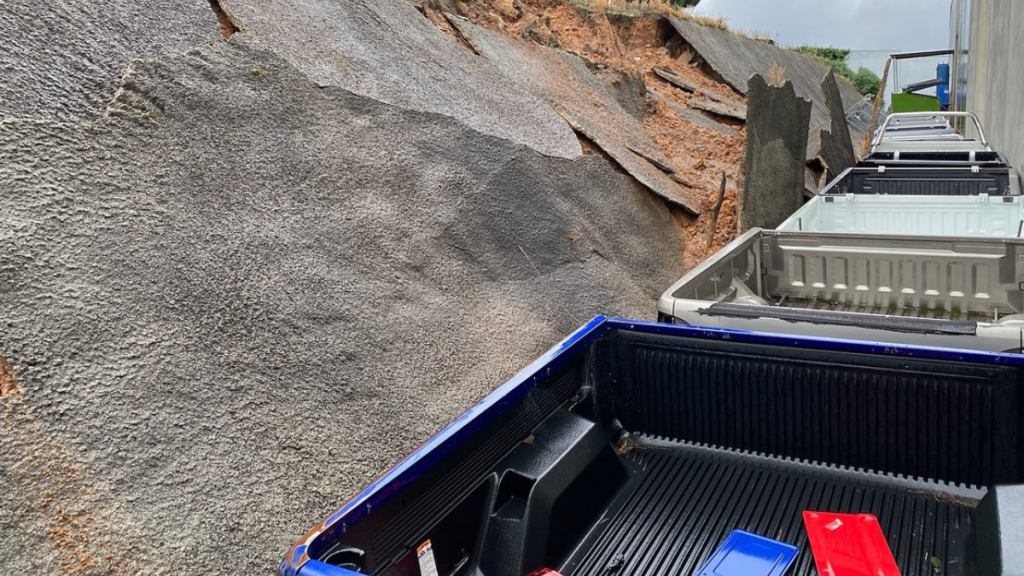Understanding Landslip Risk Assessments: Protecting Your Property in Melbourne
When planning a construction project, especially in regions with a history of natural movement or erosion, one of the most important considerations is the risk of landslips. Landslip risk assessments are critical in ensuring the safety and stability of a site, particularly in areas where slopes, soil composition, or environmental factors could lead to ground instability. For any builder or developer, understanding the role of these assessments and why they’re necessary is crucial for a successful and safe project.
If you’re undertaking a project in Melbourne or surrounding areas, seeking professional soil testing Melbourne service is a vital first step. These assessments not only evaluate soil conditions but also identify potential risks such as landslips that could affect the long-term stability of your property.
What Is a Landslip Risk Assessment?
A landslip, or landslide, occurs when large amounts of soil, rock, and debris move down a slope. This can be caused by a variety of factors, including heavy rainfall, poor drainage, unstable soil, or even human activities such as excavation. A landslip risk assessment evaluates the likelihood of these movements occurring on a given site, identifying potential hazards and offering solutions to mitigate them.
This process is particularly important in areas where the land is sloped or prone to erosion. Melbourne’s outer suburbs and regional areas are often characterised by varying terrain that could increase the likelihood of landslips, making a risk assessment a necessary step in the planning process.
Why Are Landslip Risk Assessments Important?
A thorough landslip risk assessment provides crucial information that can affect how a construction project is designed. For instance, the assessment may reveal the need for:
- Retaining walls or slope stabilisation techniques to prevent soil movement.
- Adjustments to foundation design to ensure the structure can withstand any potential soil movement.
- Improved drainage systems to reduce water infiltration that could lead to instability.
Without this assessment, there is a risk that the building’s foundations may be compromised, leading to long-term damage such as cracks in walls, shifting floors, or even structural collapse.
How Is a Landslip Risk Assessment Conducted?
A geotechnical engineer or environmental consultant conducts the risk assessment, which involves:
- Site inspection to evaluate the topography and vegetation of the land.
- Soil sampling and testing to determine the soil composition, moisture content, and stability.
- Slope analysis to understand the angle of the land and whether it is prone to slipping under certain conditions.
- Hydrological studies to assess drainage and water movement across the site, as water is a significant contributor to landslips.
This comprehensive approach helps identify the specific risks associated with the land and allows for accurate recommendations to be made, ensuring the site is safe for development.
The Cost of Ignoring Landslip Risk
Neglecting to assess landslip risk could result in significant, costly damage to both the property and surrounding infrastructure. In the worst cases, structural failure could occur, requiring expensive repairs or even rebuilding efforts. A proper risk assessment can often save money in the long run by informing more efficient and stable construction practices from the outset.
Moreover, many councils and building authorities now require a landslip risk assessment before issuing building permits, especially for properties on slopes or in regions known for soil instability.
When Should You Conduct a Landslip Risk Assessment?
Ideally, a landslip risk assessment should be carried out early in the planning process, ideally before the site design and planning stages are finalised. This allows for any necessary adjustments to be made to the construction plans, ensuring the building complies with safety regulations and stands up to any environmental challenges.
It’s important to note that landslip risk assessments should be updated if the site is subject to changes in the environment—such as heavy rainfall or significant excavation work—during the construction process. Ongoing monitoring of landslip risks can ensure the safety of both the site and the completed structure.
Who Should Conduct the Assessment?
Landslip risk assessments should always be conducted by qualified geotechnical engineers or environmental consultants with experience in landslip analysis and soil testing. Professionals with local expertise are especially valuable as they understand the unique geological and environmental conditions of the Melbourne area, ensuring the most accurate and relevant findings.
Final Thoughts
Landslip risk assessments are an essential part of the construction process, particularly in areas with known soil instability or slopes. By investing in a thorough assessment early on, builders and property developers can prevent costly damage, ensure compliance with building regulations, and provide peace of mind to homeowners.
Whether you’re constructing a residential home, a commercial facility, or even undertaking a renovation project, always ensure that a comprehensive landslip risk assessment is part of your planning process.




